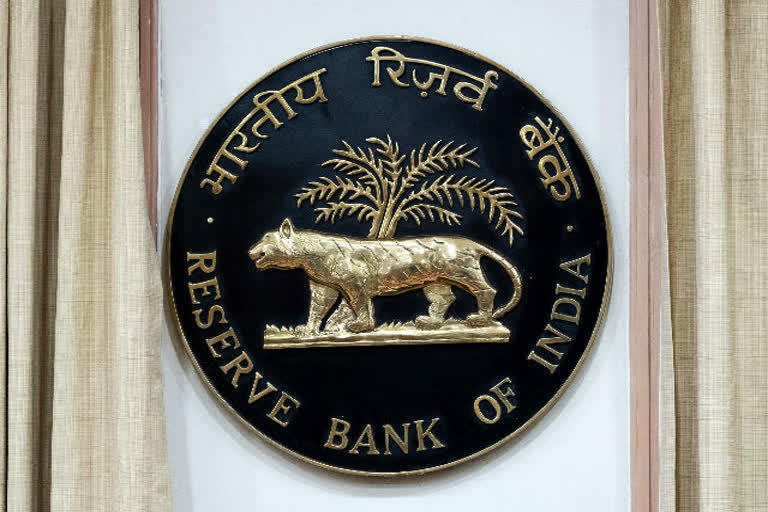Business Desk:The Reserve Bank of India (RBI) on Friday proposed to enhance the limit of contactless card transactions from the current Rs 2,000 to Rs 5,000 from 1 January 2021.
Announcing the decision during the sixth bi-monthly monetary policy meeting, the central bank said that the move will help in expanding the adoption of digital payments in a safe and secure manner.
Moreover, the decision to change the limit completely lies with the consumer i.e. if card users want to leave the current cap unchanged at Rs 2,000 due to safety concerns, they can do so.
To understand what the move means for you, take a detailed look at the key features of contactless card transactions here.
What are contactless payments?
Contactless payment is a comparatively new technology that allows you to simply tap your card at the contactless payment card machine or keep it close to the machine rather than inserting or swiping it there to make payments. It is called contactless because the card stays in your hand the whole time.
Till now, transactions under Rs 2,000 did not even need a signature or PIN. One just needed to tap to pay. This made the whole process completely contactless, which was quite useful in times of a pandemic. Now, RBI has raised this cap to Rs 5,000, which means that only transactions above Rs 5,000 would need a signature or PIN.
How contactless payments work?
Contactless Cards contain a chip and an antenna (based on radio frequency). When you tap the card against a contactless enabled terminal, the details get transferred wirelessly from the card to the terminal and the payments get processed in a secure manner.
Are charge slips issued for contactless transactions?
Customers can choose to request for charge slips for transactions below Rs 5,000. For transactions above Rs 5,000, a charge slip will be provided automatically.
If the customers tap their cards more than once, would they be charged twice?
No, the contactless payment card terminals are designed to make only one transaction per card at a time.
